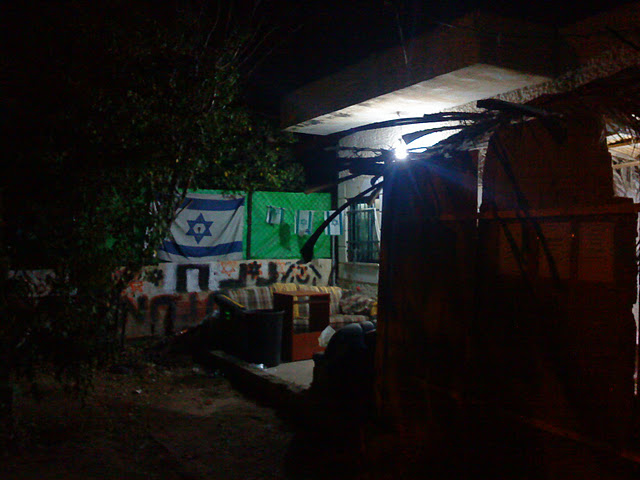Tag: Jerusalem
-
Khan Al-Ahmar: Forced expulsion of Bedouins from Area C
by Alistair George 13 December 2011 | International Solidarity Movement, West Bank “From the 1970’s until today, the Israelis used to demolish our tents and houses but not to deport us” says Abu Hamis, a member of the Jahalin Bedouin tribe . “We used to rebuild our places but the new policy which they are…
-
Sheikh Jarrah: Al Kurd family faces 30 day deadline
by Samar and Meriem 11 December 2011 | International Solidarity Movement, West Bank ISM has been following the situation of the Al Kurd family from Sheikh Jarrah since 2009 and has kept a presence in the garden of their home. The Al Kurd family is of five other families targeted by these evications. The Fawziya Al…
-
Israel continues wave of West Bank housing demolitions in East Jerusalem
by Wahed Rejol 6 December 2011 | International Solidarity Movement, West Bank Following the violent demolitions in Qalqiliya yesterday, and in Beit Hannina and Silwan on Sunday, Israel continued its displacement of Palestinians throughout the West Bank today in occupied East Jerusalem. On the day Israel announced a plan to forcibly remove 2300 Palestinians from their homes, a demolition team arrived in Al…

